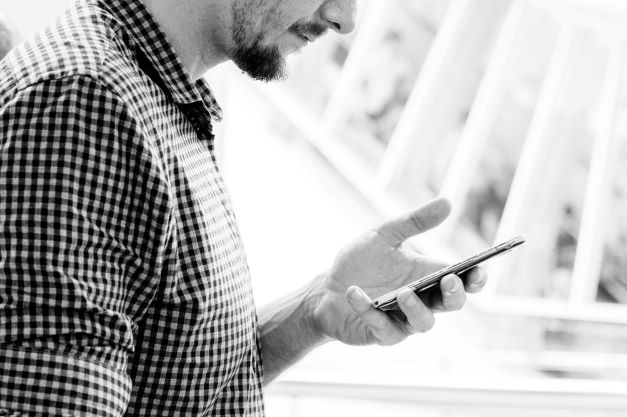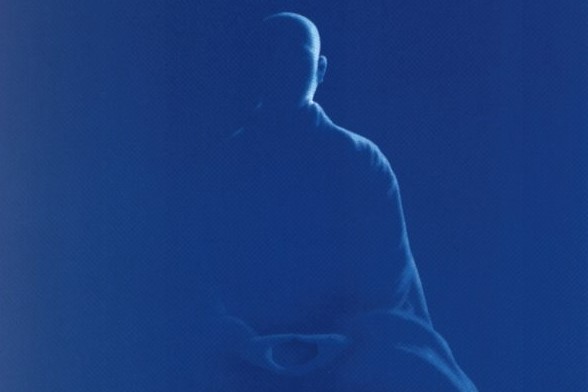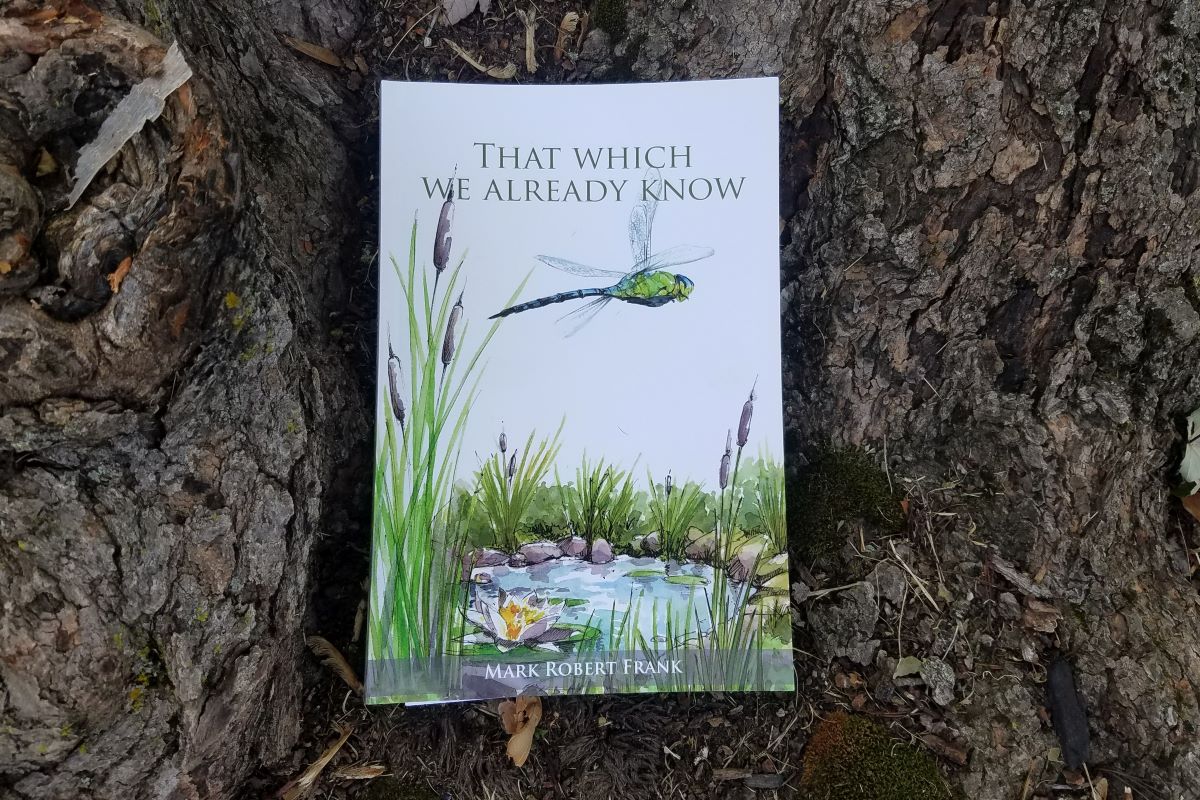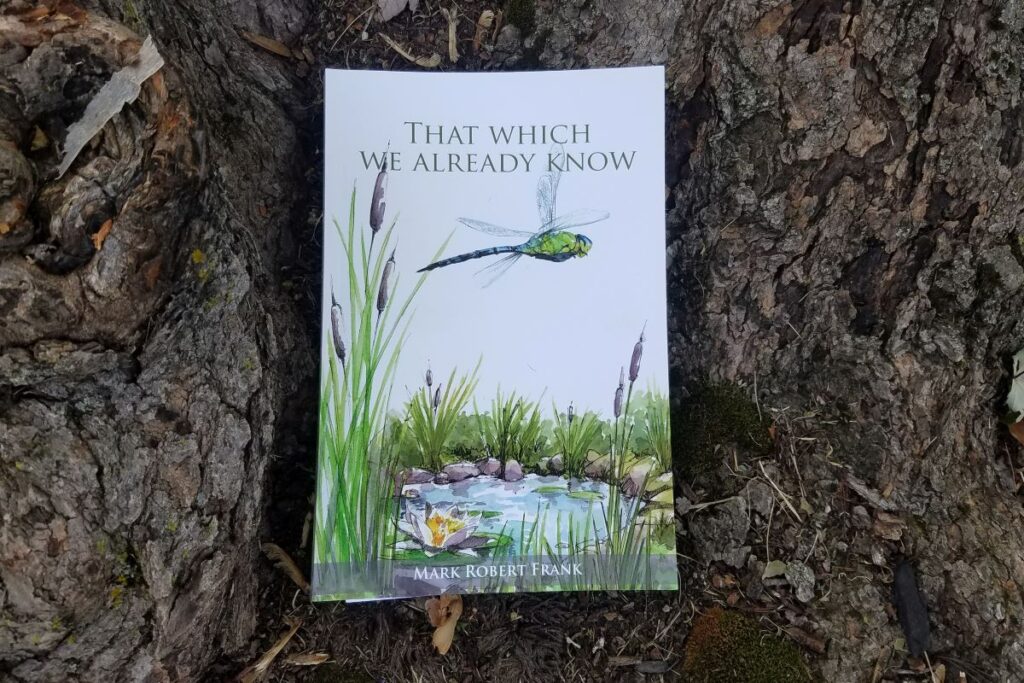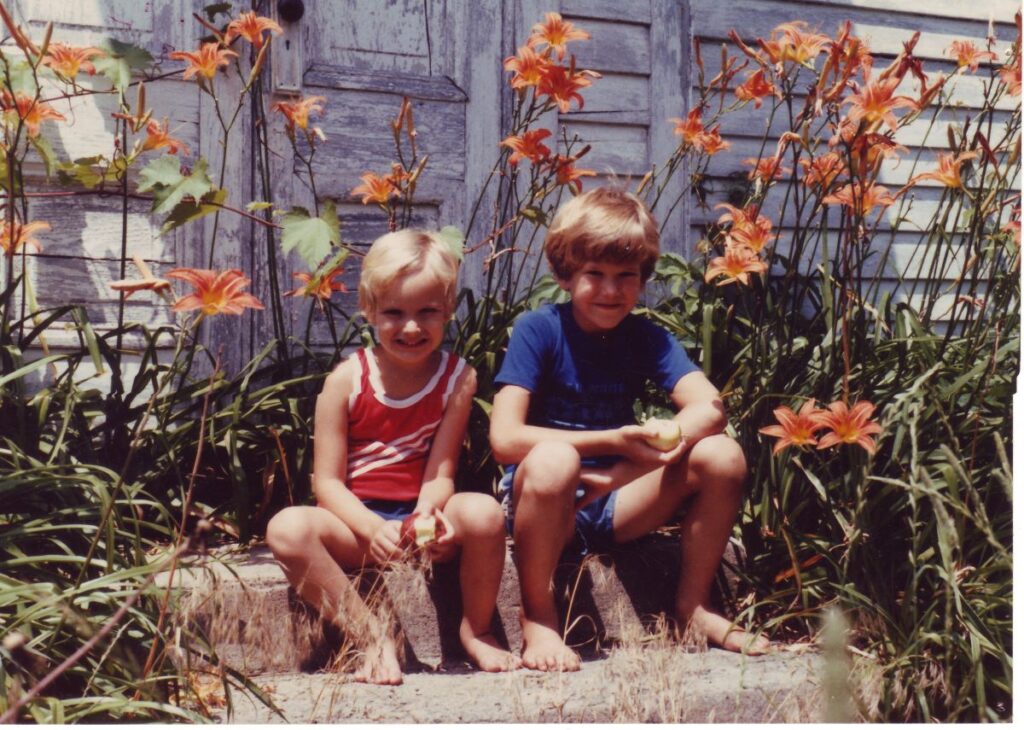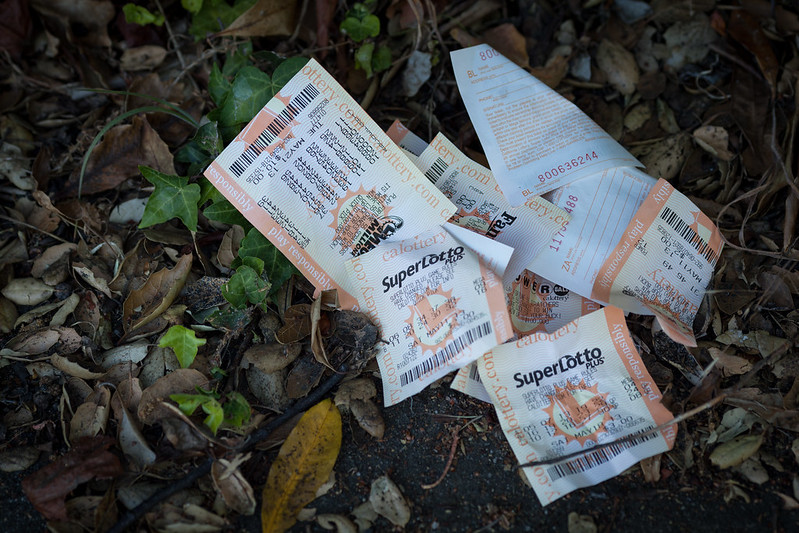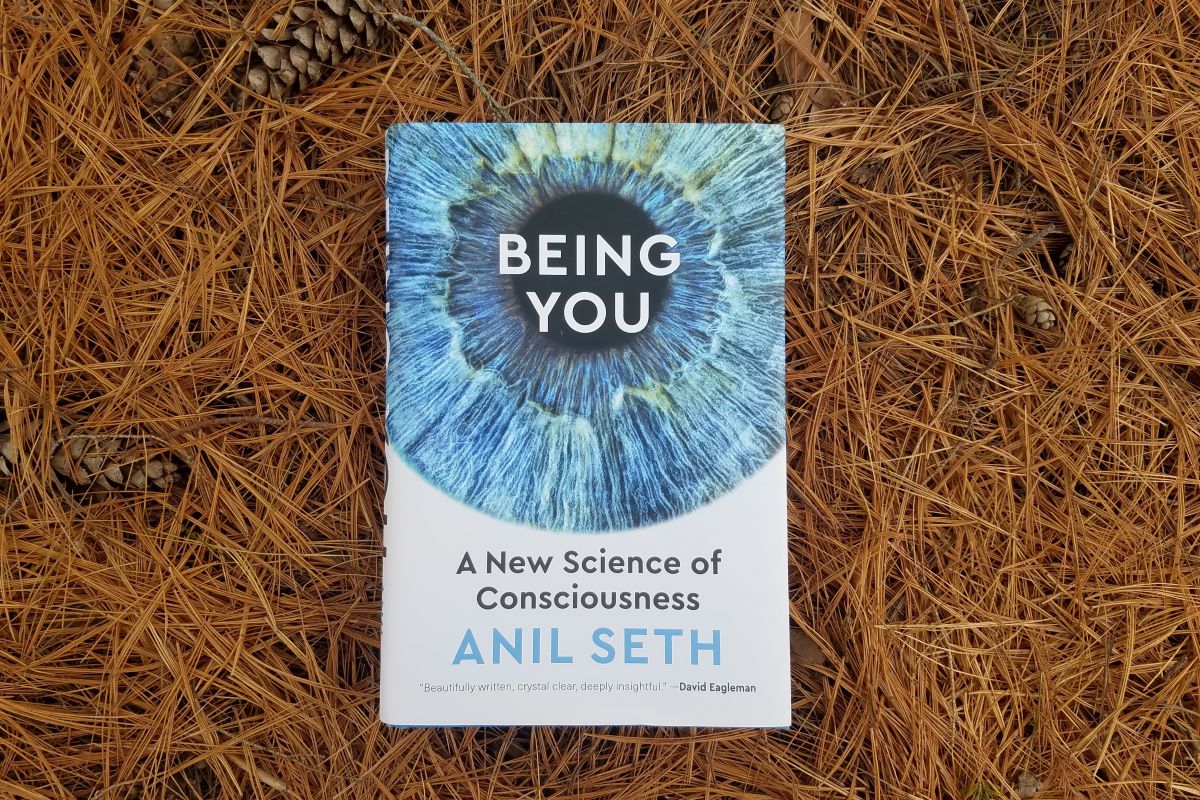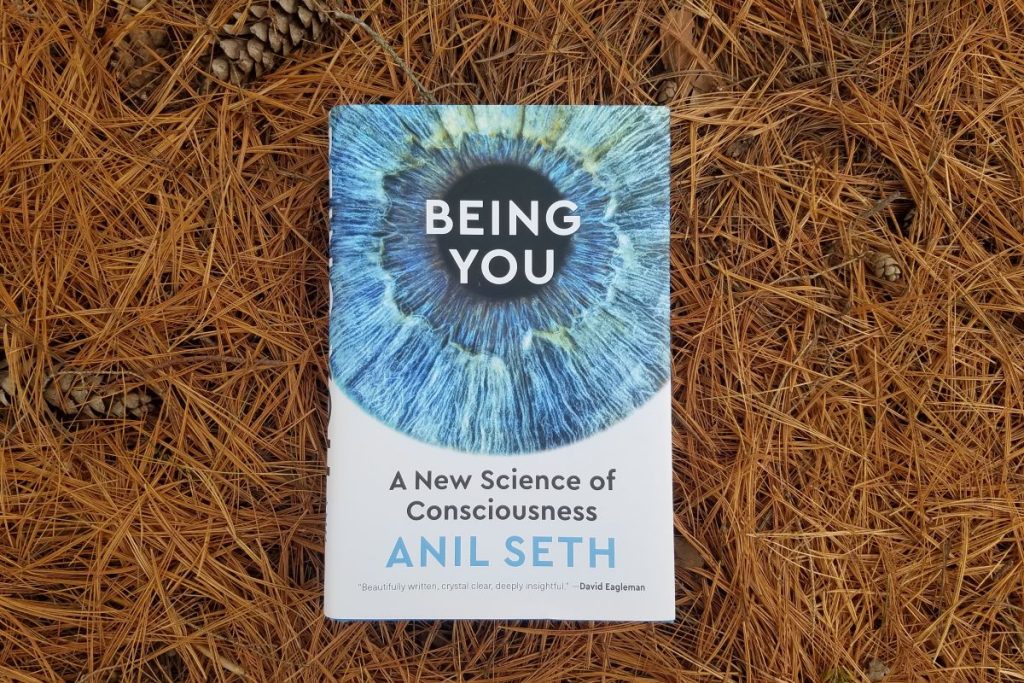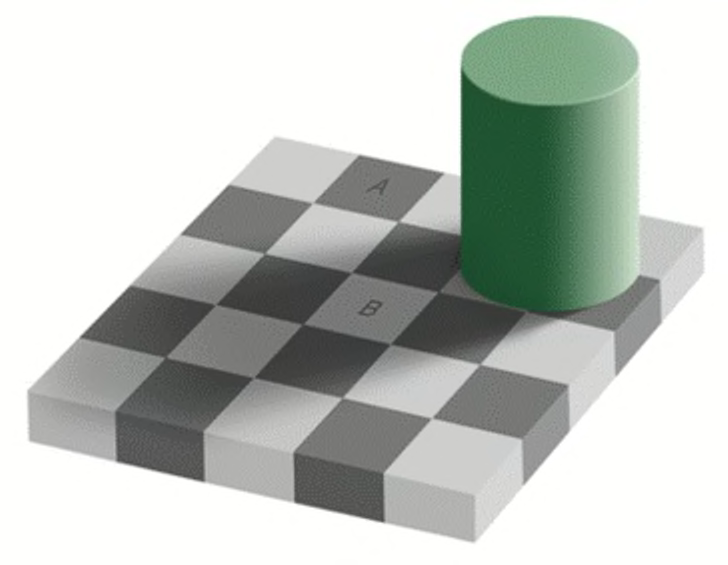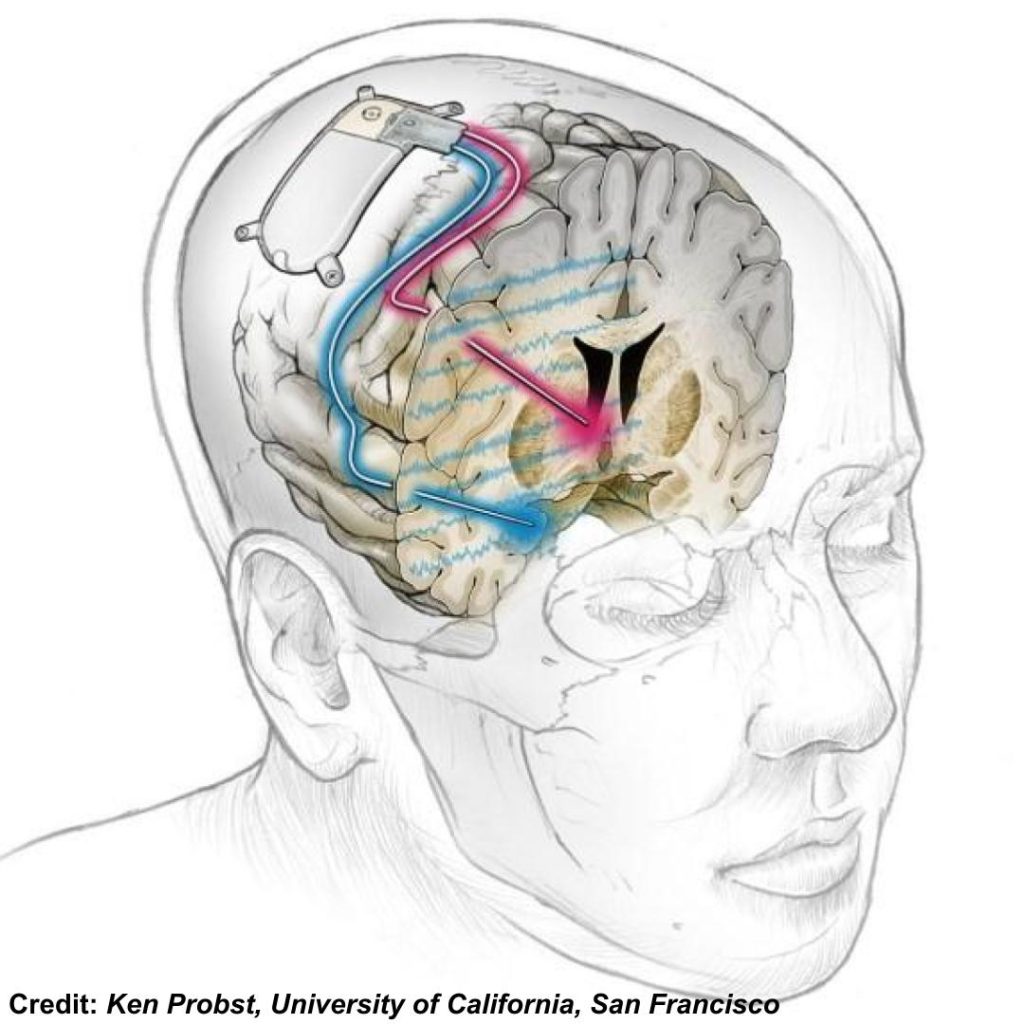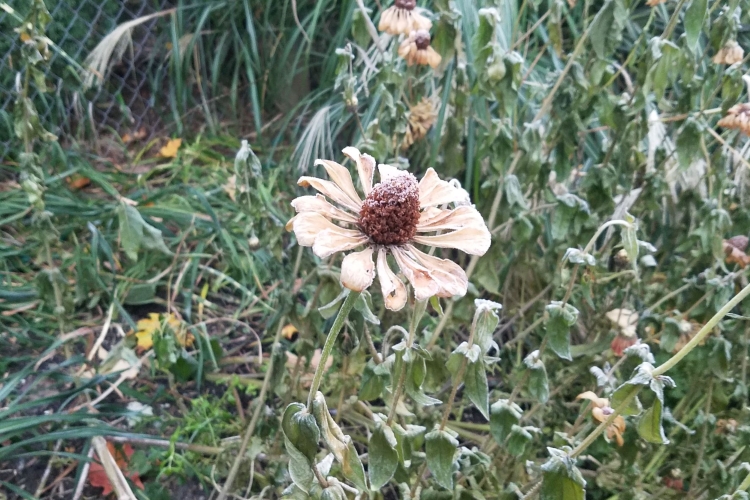Where are we going when we pass out of this life? For that matter, where did we come from, to find ourselves here? For many, myself included, these are important questions – perhaps the ones that first drew us to deeply engagement with spiritual practice.
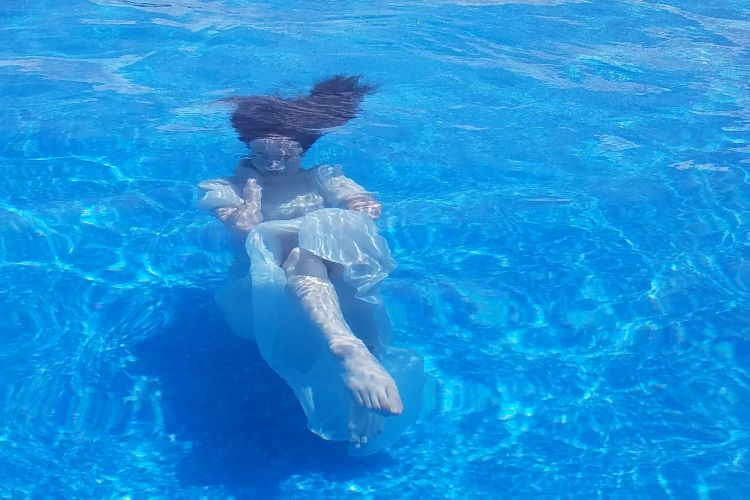
Like many in the Midwest, I grew up in a largely Christian community. And, although I did not personally have a strong connection to a church, the idea of an afterlife – in which some part of our consciousness would continue past our physical death – was familiar to me.
And as I encountered Zen as a teenager, discussions of an afterlife, and specifically the Buddhist idea of rebirth, were not emphasized in the teachings I encountered (especially those which were popular in the U.S.). So, I was very interested to come across an excerpt of Roger R. Jackson’s new book, Rebirth in the latest issue of Buddhadharma magazine (Summer, 2022), which considers the various ways that Buddhists today understand rebirth. Jackson identifies several broad, often overlapping, approaches, ranging from those who hold that rebirth is literally true, to those are more agnostic about the metaphysical truth of rebirth, and to secularists who often ignore or reject the teaching.
As a scientist, I find myself personally more persuaded by the agnostic or secular camp. And, while I appreciated Jackson’s article, I did find myself reacting, pushing back on some of the approaches described, especially what he calls the neo-traditional approach. This would include attempts to reconcile a literal version of rebirth with our scientific understanding of the world, in part by carving out exceptions to physical laws. He summarizes one such argument by the Dali Lama, that:
… although there may be a stronger connection between neurological events and ordinary mental states than traditional Buddhists believe, there remains the possibility that there are extraordinary mental states that do not depend on the neurological system, namely, the meditative experiences of advanced tantric yogis…
Jackson, p. 19-20
This is an interesting idea: that there could be mental states (something which we can experience) that are not dependent on our body and brain. This kind of approach, to carve out some distance between the mind and the brain, seems to be a common approach that some will offer when we look for ways that parts of our self (our memories, personality) could survive the death of our bodies.
However, before we carve out an exception for any mental states (from brain activity), we should look closely and ask: do we need to do so? And here, I would say that the answer is, no.
Our knowledge about the brain, while still growing, has shown that our mental experience is deeply bound to the delicate functioning of our nervous system. Anyone who has taken care of a loved one recovering from a stroke, or through the painful erosions of dementia, has seen firsthand how important the brain is for our mental experience. Our sense of our “I”, as a stable sense of self, is a kind of illusion – you cannot find a permanent, stable “I” or self in the brain. And, the illusion is a fragile one, that depends in each moment on the continuity of our experiences, our memory, and our personality.
Could it be that there are mental states which exist independent of the activity of the nervous system, as the Dali Lama or others have suggested? Perhaps, but the literature of neuropsychology is full of descriptions of individuals who have lost their memory, or their ability to feel emotions, or experienced a dramatic change in personality after suffering brain damage or disease (and, for the interested reader, I would recommend Paul Broks’ beautiful book, Into the Silent Land, for some examples).
One of the most famous cases in neuroscience is that of Henry Molaison, who had parts of his brain surgically removed to treat very severe epilepsy. Mr. Molaison’s epilepsy was improved after the surgery. But, he tragically lost the ability to make new memories, because parts of his hippocampus were removed in the operation.
For more than forty years, he never made a new memory (though he could learn some new things, closer to what we could call skills). And, if brain damage can block the ability to make memories in this life, I doubt we will be able to carry our memories over to some future life.
Beyond memory, it is difficult for me to identify an example of a feeling, thought, emotion, or any mental state, that cannot be disrupted or transformed by affecting the nervous system. To think that the mental states of meditation are somehow exempt is unnecessary. And, that is why possibility that rebirth is literally true (instead of true in a more metaphorical sense) seems very unlikely to me.
However, even if you find yourself in agreement, you might still be asking: What if you are wrong?
The only reply I have is – of course I am wrong, how could I not be wrong? Or rather, can any of us be right?
I see quite a bit of evidence that our mental experience depends on the activity of our brains, following the laws of nature. But, for our practice, I find it very important – critical – to remember that the very idea that we have a brain (or a body) is itself nothing more than a useful tool. And we should be careful not to let our tools shape how we see reality itself.
The brain is something that we can observe. I’ve held one (though, thankfully, I have never seen my own!). But, calling that thing I was holding a “brain” is also a concept. Like other concepts (trees, cars, weather), “the brain” helps us make sense of the world. There is our direct experience of brain, or tree, or weather. And, there is a step (that we often do not even see) where we name “the brain,” “the tree,” and “the weather”.
Each concept helps us group together what we experience. Concepts help us explain why our experiences appear to have structure, order. And, the scientific approach offers a very powerful way to explain how these things that we have named work, how the physical world works.
But, no matter how good our system is for explaining the world (and the scientific approach has done very well), every approach will always be only partially accurate. Because, in the most important sense, the idea that we have a body, or a brain, is itself an idea, something we add to our actual, direct experience. A useful fiction. Like our idea of “the weather” or “a whirlpool,” concepts give us handles that we can use to grasp at a part of reality. But, in doing so, we have to ignore the ways that a concept has left something out about the real texture of reality.
All-in-all, I find the scientific approach to making sense of experience very useful. Too useful, it turns out, to allow others to carve out space for rebirth (in that literal sense of the concept). Once we do that, we have really left science behind, in order to save the idea that we will be literally reborn after this life. And, just as I am wrong (because my own understanding is built on a set of abstractions) every system we use to understand and make sense of the world is wrong. We all have rebirth wrong, and that is ok.
In the end, remember that whatever system we use to make sense of our experiences, none can be “true” in a satisfying, final way. Each requires some kind of unfounded assumption. From the specific perspective of our practice, though, what matters most is what flows out from those assumptions.
While I consider myself a scientist, in matters of spiritual practice, I really do not care what you believe. I want to know – how do you live?
If our beliefs help us realize the truth of impermanence, of interconnection, and to commit our lives to the benefit of all beings, then those beliefs are valuable. That is the real measure of a belief system. Any system of belief that lets us turn away from the world, or to selfishly cling to our own small, ego existence is useless. And, for our spiritual practice, arguing over which belief system is correct is a waste of our precious time, whether we think that we have one lifetime ahead of us, or many.
References
Jackson, R. R. (Summer, 2022). How do we make sense of rebirth? Buddhadharma, 17-35.
